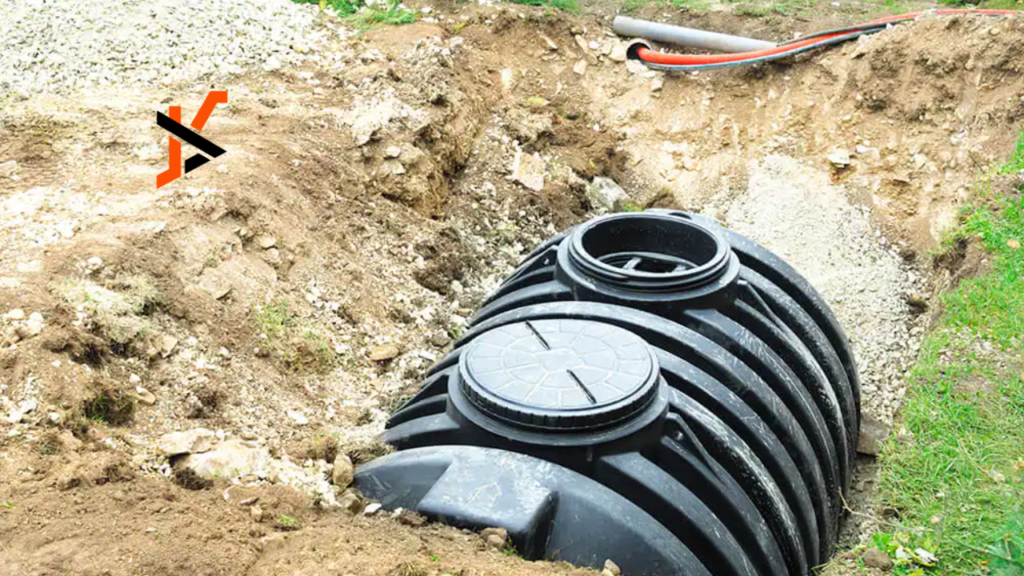Septic systems are a critical component of many homes, particularly in rural and suburban areas. Yet, when it comes to the cost to install septic system, misinformation and myths abound. These misconceptions often leave homeowners unprepared, either overestimating or underestimating the investment required. Understanding the real factors that influence pricing can help property owners make informed decisions and avoid costly surprises.
Myth #1: All Septic Systems Cost the Same to Install
One of the most common myths is that septic system installation comes with a fixed price. In reality, costs vary significantly based on the type of system, property conditions, and local regulations.
Fact: System Type Matters
Different septic systems serve different needs, and their installation costs reflect this:
Conventional Gravity Systems: These are the most basic and affordable systems, typically costing between $3,000 and $7,000.
Aerobic Treatment Units: Advanced systems that use oxygen to break down waste can range from $10,000 to $20,000.
Mound Systems: Designed for properties with high water tables, these systems can cost $15,000 or more due to additional labor and materials.
The system type depends on soil conditions, water table levels, and local regulations, making a one-size-fits-all price impossible
Myth #2: The Cheapest Quote Is Always the Best Option
Many homeowners assume that going with the lowest quote is the smartest choice. While budget considerations are important, the cheapest option can sometimes lead to higher long-term costs.
Fact: Quality and Expertise Affect Pricing
Cheaper quotes may reflect lower-quality materials, less experienced contractors, or shortcuts in the installation process. Issues such as improperly installed pipes or inadequate drainage fields can lead to system failures and expensive repairs.
To ensure a reliable installation, homeowners should:
Check contractor credentials and references.
Confirm that materials meet regulatory standards.
Ensure the quote includes all necessary components, such as tanks, leach fields, and permits.
Myth #3: Installation Costs Are Predictable Across All Properties
Some homeowners believe they can estimate costs without considering the unique features of their property. This assumption often leads to unexpected expenses.
Fact: Property-Specific Factors Drive Costs
The cost to install septic system can vary widely based on site-specific conditions, including:
Soil Type: Sandy soil facilitates drainage and lowers costs, while clay or rocky soil may require additional excavation and treatment.
Topography: Sloped or uneven land may need grading or special equipment, increasing labor costs.
Accessibility: Remote or difficult-to-reach locations can raise costs for transporting materials and equipment.
A professional site assessment is essential to obtain an accurate estimate and avoid hidden expenses.
Myth #4: Permits and Inspections Are Minor Costs
Some homeowners overlook the importance of permits and inspections, assuming they are minor add-ons to the total cost.
Fact: Regulatory Compliance Can Be Costly
Permits and inspections are non-negotiable components of septic system installation. These costs vary based on local regulations and can range from $500 to $2,000 or more.
Environmental Assessments: Properties near wetlands or water sources may require additional assessments, increasing overall costs.
Permit Timelines: Delays in obtaining permits can also lead to increased labor and material costs, especially if contractors need to reschedule.
Homeowners should include regulatory expenses in their budget and work with experienced contractors who understand local requirements.
Myth #5: DIY Installation Is a Viable Option
The idea of saving money by installing a septic system yourself may seem appealing, especially for experienced DIYers. However, this approach is fraught with risks.
Fact: Professional Installation Is Essential
Septic systems must be installed according to strict codes and guidelines to ensure functionality and environmental safety. Improper installation can lead to:
System failures that contaminate groundwater.
Expensive fines for non-compliance.
Reduced property value due to substandard systems.
Professional installation may seem costly upfront, but it ensures long-term reliability and avoids legal and environmental issues.
Myth #6: Maintenance Costs Don’t Affect Installation Decisions
Some homeowners focus solely on installation costs without considering future maintenance expenses.
Fact: Installation Choices Influence Maintenance Needs
The type of system installed and the quality of workmanship directly impact maintenance requirements:
Advanced systems may have higher upfront costs but lower maintenance needs over time.
Poor installation can lead to frequent pump-outs or repairs, driving up long-term expenses.
By investing in a well-designed system and proper installation, homeowners can minimize ongoing maintenance costs.
Understanding the True Cost of Septic System Installation
To break down the cost to install septic system, it’s important to consider both upfront and ancillary expenses:
System Components: Tanks, pipes, distribution boxes, and leach fields.
Site Preparation: Excavation, grading, and soil testing.
Labor: Skilled workers and equipment operators.
Regulatory Fees: Permits, inspections, and environmental assessments.
A comprehensive quote from a reputable contractor should account for all these factors, helping homeowners avoid unexpected expenses.
What Homeowners Can Do to Avoid Myths and Missteps
Educate Yourself: Research the types of septic systems suitable for your property and understand local regulations.
Get Multiple Quotes: Compare estimates from several contractors to identify a fair and transparent price.
Ask Questions: Don’t hesitate to ask contractors about materials, timelines, and potential challenges.
Plan for Contingencies: Budget for unexpected costs, such as poor soil conditions or permit delays.
Reframing the Investment
While the myths surrounding septic system installation can be daunting, understanding the reality helps homeowners approach the process with confidence. By focusing on quality, transparency, and professional expertise, the cost becomes an investment in the property’s functionality and value.
Remember, the cost to install septic system is more than a price—it’s a pathway to sustainable living, environmental protection, and long-term peace of mind. When viewed through this lens, the journey from planning to completion becomes a rewarding experience that enhances your home and lifestyle.

